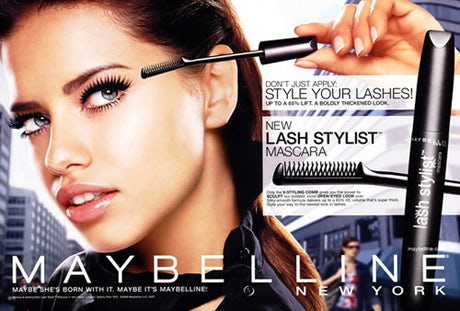This was the mall I grew up going to once a week. This is it now. With the emergence of online shopping, malls have become obsolete; however, online shopping, although efficient, is not exclusively positive. It provides us with more options than we could ever imagine in a physical store; however, with more options comes more overconsumption as consumers scramble to discover the newest trend. When analyzing the shift from mall to online shopping, it is important to note the newfound abundance of options which causes us to over consume as we attempt to stay relevant in short microtrends.
Previously fashion trends lasted 10-20 years hence the staple pieces of decades. Take a look at the bellbottoms of the 70s or the mod dress of the 60s. In modern malls we often saw a release of two to four main trend cycles yearly. Now these trends come and go in a matter of weeks. With companies such as SHEIN releasing 1000+ items daily there is constantly a new style, pattern, or color being popularized. This leaves consumers scrambling to stay up to date so as to not be seen as ‘cheugy’. A term created in 2013 to describe something or someone that is outdated. This quick turnaround from fashionable to cheugy leaves people with closets full of clothes that go unworn out of fear of being out of style, and shopping carts full of the next soon to die trend.
As we scramble to stay up to date, it is difficult to not be reminded of a story many of us heard when we were younger. That of the Sneetches. The Sneetches came in two types, star Sneetches and non-star Sneetches. The non-star sneetches were looked down upon as less appealing and fashionable; however, they were quickly given the ability to change this through the star machine. Thus, quickly all the sneetches had stars, however now the sneetches wanted their stars off as they had become bored of them. Thus a star off machine was created. This started a never ending cycle of star on and star off.
What does this have to do with online shopping, fast fashion, and microtrends? It illustrates our desire for the new. Once stars became too popular they were no longer appealing. Trends become too popular and disappear quickly to the next of the thousands of options that can be found online. Thus we keep buying, and fast fashion brands keep supplying us with the new items we desire in two to three business days. The old trends go in the trash and the cycle continues. As we progress into this ever quickening society, this cycle will continue to shorten as we are presented with more and more ideas in 2013 Twitter global trend would last for an average of 17.5 hours, contrasted with a 2016 Twitter trend, which would last for only 11.9 hours. The latest data shows that in 2020, trending topics have a shelf-life of 11 minutes.
You may be saying so what we get bored quicker and purchase new clothing. What is the impact? With more clothing comes more waste and there are serious environmental impacts. The volume of clothing Americans throw away each year has doubled in the last 20 years, from 7 million to 14 million tons. According to the World Resources Institute, it takes 2,700 liters of water to make one cotton shirt. And when consumers throw away clothing in the garbage, not only does it waste money and resources, but it can take 200+ years for the materials to decompose in a landfill. Is that 200 years really worth the three times you will wear your new shirt?
The internet has provided us with more and more options as it progresses. Malls used to allow us to see dozens of options per store while online shopping contains thousands at the click of a button. Although enticing these many fast fashion trends have lasting effects on the environment.

